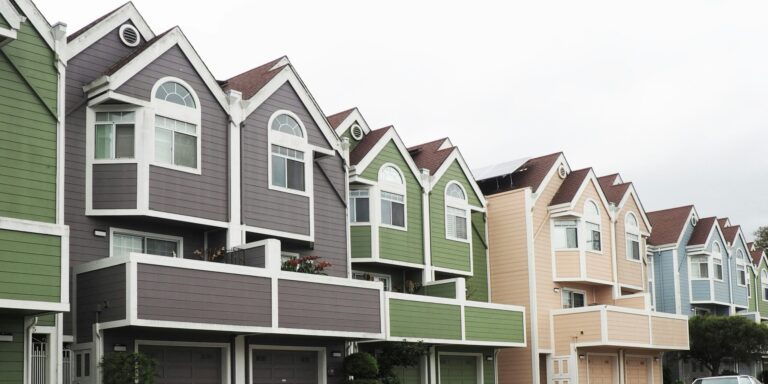By late July 2025, the U.S. rental market has begun to stabilize amid a combination of high mortgage rates, increasing inventory, and more moderate rent growth. While homeownership remains financially out of reach for many households, particularly first-time buyers, renters are benefiting from expanded choices and a more balanced rental landscape. With mortgage rates holding steady in the 6.5% to 7% range, more would-be buyers are continuing to rent, sustaining strong demand across urban and suburban markets.
Mid-2024 saw a record addition of approximately 600,000 new rental units to the market, which helped temper the rapid rent increases experienced during the post-pandemic years. By mid-2025, national rent growth had slowed to between 3% and 4% annually, a pace more in line with inflation and far less burdensome than the double-digit hikes seen in recent years. While rents remain high compared to pre-2020 levels, the deceleration is offering welcome relief to renters, particularly in midsized cities and some suburban areas.
However, challenges persist. In high-growth markets like Phoenix, Tampa, and major coastal cities, affordability remains an issue. Although rent increases have slowed, they are still outpacing income growth in many areas, leaving renters with high rent-to-income ratios and limited housing alternatives.
The current stability in the rental market is also tied to emerging trends in real estate investment and technology. Institutional investors have been steadily increasing their holdings in single-family rental homes, especially in fast-growing suburban regions. While this trend has raised concerns about market consolidation, it has also contributed to professionally managed housing stock and greater rental availability.
Read also: https://rentmagazine.com/multi-family-housing-market-flourishes-as-rental-demand-continues-to-surge/
In parallel, the adoption of property technology—often referred to as PropTech—is transforming the rental experience for landlords and tenants alike. Landlords are using digital platforms for leasing, payment, and property management, while renters are benefiting from more transparent pricing and easier access to listings. These innovations are helping both sides navigate an increasingly competitive market.
In cities like San Francisco, even traditionally owner-occupied suburbs are seeing a shift, with more residents choosing to rent rather than buy. Affordability pressures and changing lifestyle preferences are pushing renters into new neighborhoods and reshaping local housing dynamics.
Despite the improving landscape, renters are not entirely out of the woods. Operational costs for landlords—including property taxes, insurance, and maintenance—remain elevated, leading to continued pressure to adjust rent prices. While the market has cooled, these background costs mean that future rent hikes are still likely, especially if inventory growth slows or demand increases in late 2025 and beyond.
Some housing analysts predict that by 2026 and 2027, rent growth could accelerate once again, particularly in markets where new construction fails to keep pace with household formation. Projections for those years include possible year-over-year increases of 5% to 10%, depending on region and supply constraints.
In the meantime, renters in mid-2025 are enjoying a more favorable environment. Increased listing availability, moderated rent hikes, and improved transparency are allowing more flexibility for tenant decisions. The rental market’s resilience, fueled by both demographic trends and technological advancements, underscores its evolving role in the broader housing economy.
